In 2008, the world’s financial systems teetered on the edge of collapse. Lehman Brothers filed for bankruptcy. Stock markets plunged. Homeowners lost their properties overnight. And from New York to Reykjavik, money – the cornerstone of global trust – suddenly felt unstable.
But nowhere was the fragility of value more visible than in Zimbabwe. That same year, in the heart of Harare, artist Richard Mudariki sold a painting for Z$750m and received payment (post gallery commission): a cheque for Z$487,500,000. A staggering sum until it wasn’t. By the time the cheque arrived in the post, hyperinflation had rendered it worthless. The zeros meant nothing. Bread cost billions. The banks were still open, but money had collapsed.
Today, that cheque, dated August 8 2008, never cashed and frozen in its original form, is an artwork.
Titled The Cheque That Couldn’t Clear, the piece is a conceptual relic and a centrepiece of the exhibition The Reserve Bank of Art, presented by artHARARE as part of the 2025 Cape Town Heat Winter Festival. The exhibition, which opened on August 6 and runs until September 4, challenges traditional notions of fiat currency and explores the evolving intersection of art and finance.
Drawing inspiration from Zimbabwe’s currency collapse and the broader dynamics of the global art market, The Reserve Bank of Art introduces a new form of cultural capital: Artnotes.
Issued by a “board of governors” made up of acclaimed Zimbabwean artists Dan Halter, Chelsea Mahlangu, Mudariki and Mandlenkosi Mavengere, the exhibition proposes a new economy of meaning. Accompanied by immersive experiences and the launch of an online art bank, visitors are invited to interact with the idea of cultural currency in fresh, provocative ways.
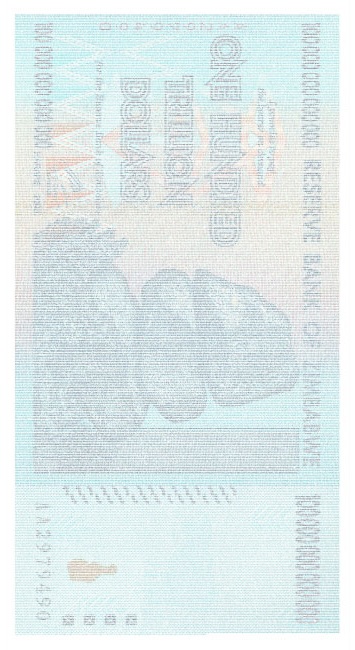
Among these Artnotes/works is Halter’s Z$100 Trillion Social Contract. It’s a comment on trust, broken promises and the disintegration of state-society relations. Using the image of Zimbabwe’s infamous Z$100-trillion note (the world’s largest ever currency denomination), Halter overlays the faint text of the entire original Social Contract, the Enlightenment-era political philosophy about the role of the state and the governed.
Mahlangu’s Artnotes offer a poetic and subversive intervention into the relationship between cultural institutions, representation and access. They feature imagined denominations such as the 500 Sidibé and 50 Lieros, paying homage to figures like Malian photographer Malick Sidibé and recontextualising icons like the Mona Lisa. In one striking note, the Mona Lisa is symbolically relocated from the Louvre to Zeitz MOCAA in Cape Town, shifting the geographic and cultural centre of art.
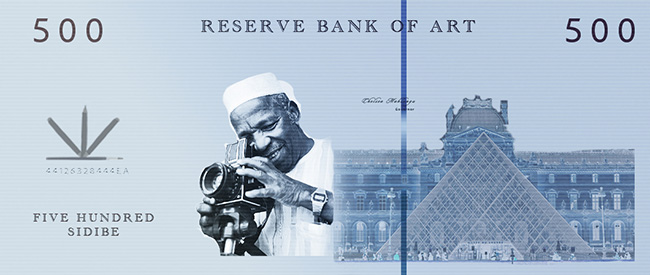
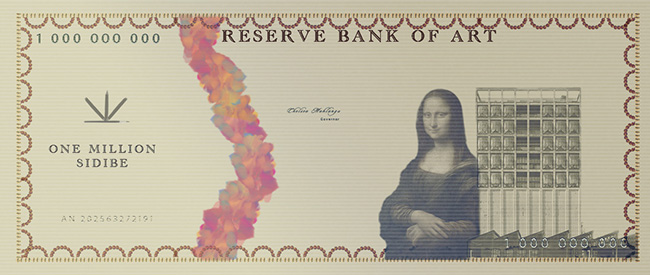
Mavengere’s contributions to the show take the form of meticulously crafted etchings. His created cultural tender, unlike any state-issued currency, represents a utopia of uncorrupted belonging and creative dignity.
His artworks are often populated by migrants, who leave behind the familiar in search of economic survival or artistic fulfilment. They’re deeply informed by his own journey from Zimbabwe to Joburg, and across international residencies in Malaysia and Texas. Through his body of work, he renders visible the invisible economies that migrants create, sustain and endure.
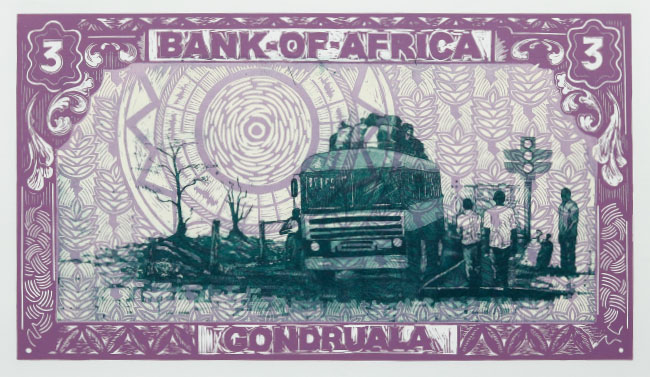
The big bounce
But back to the now 17-year-old uncashed cheque. Transformed into a singular conceptual artwork, it is for sale on online art portal Artsy for US$1.3m. That said, its meaning goes far beyond market price. Its story is not just about Zimbabwe, or the personal loss of one artist. It is a reflection on all of us, and the fragile scaffolding of the financial systems we rely on to define worth.
“This work speaks to something beyond currency,” says Mudariki. “It’s about belief. I believed that cheque was worth something. And then the country, the system and the numbers all told me it wasn’t.”
The artwork is not presented as a failed transaction, but as a mirror to a failed era. Where some may see a document of collapse, others see a testament to endurance. Dated in synchrony with the 2008 global financial crisis, the cheque becomes a poetic relic of worldwide economic rupture.
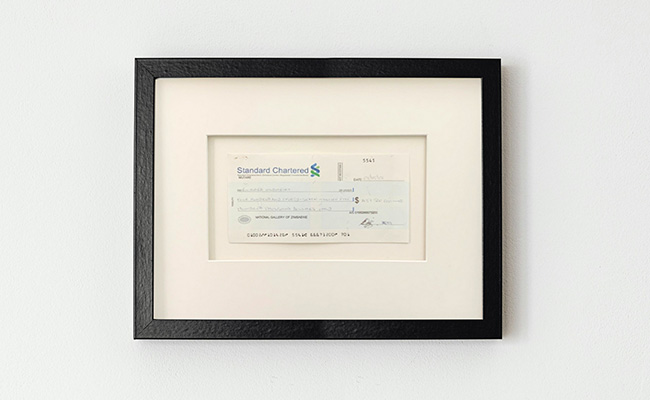
At the time of writing this article, according to xe.com’s currency converter, the Z$487,500,000 cheque is officially worth:
- $1,346,962.50
- €1,146,112.50
- £995,962.50
- R23,676,412.50
- Nigerian naira: 2,059,008,412.50
The numbers are immense, but they are also meaningless. What, after all, is the true value of money? What is the value of art?
By elevating the cheque from a lost payment to a museum-quality conceptual object, the artist invites viewers and collectors to reconsider what they are really buying when they buy an artwork. Is it pigment on canvas? Or is it the narrative, the history, the cultural memory embedded within it?
To buy The Cheque That Couldn’t Clear is to participate in an act of symbolic restitution. artHARARE cheekily invites collectors to “cash the cheque” not at a bank, but through the purchase of the work itself. In doing so, they restore value not just to the object, but to the memory it holds.
In this era of tariffs, shaky economies, de-dollarisation and the new frontier of cryptocurrencies, you’ve got to wonder: what if art were our most stable currency?
artHARARE is at 129 Bree Street, Cape Town.
Top image: The Cheque that Couldn’t Clear, 2025, Richard Mudariki . All photos courtesy of artHARARE.
Sign up to Currency’s weekly newsletters to receive your own bulletin of weekday news and weekend treats. Register here.



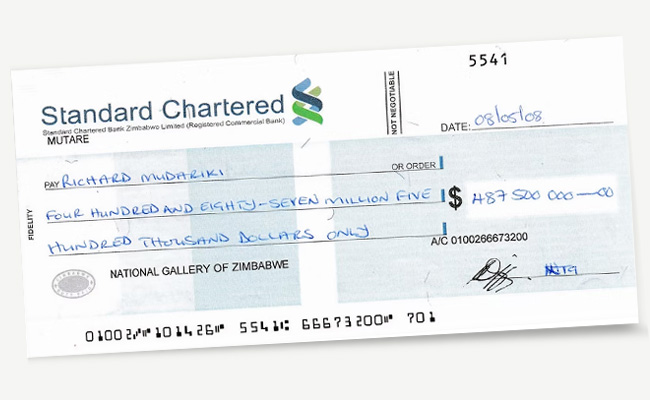

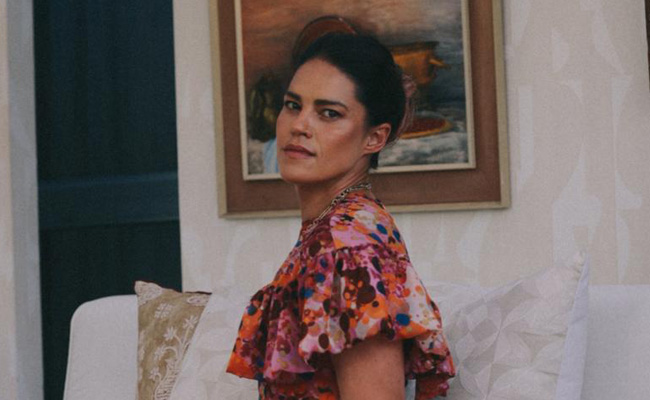
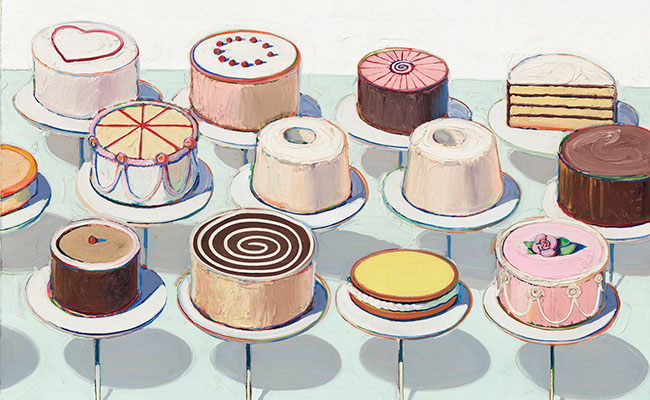
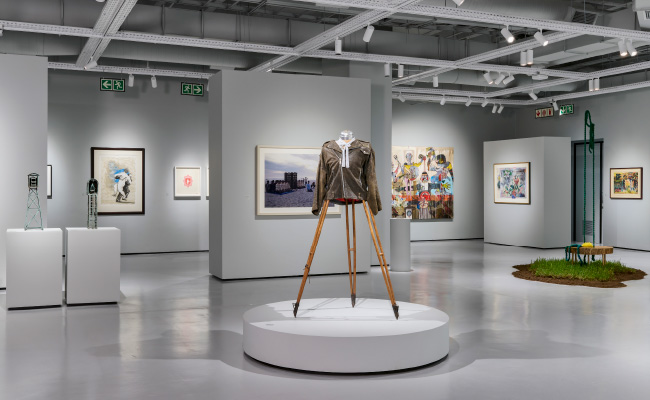
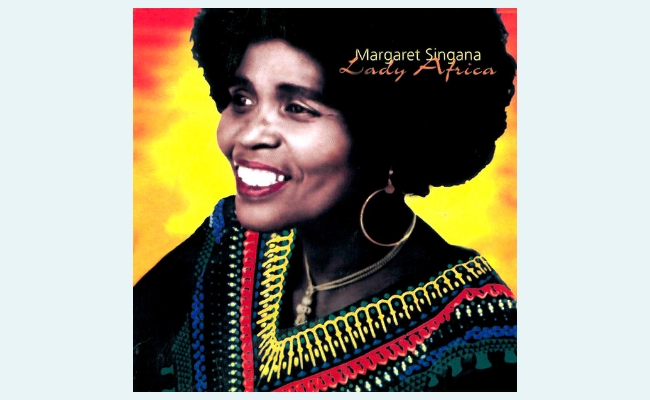

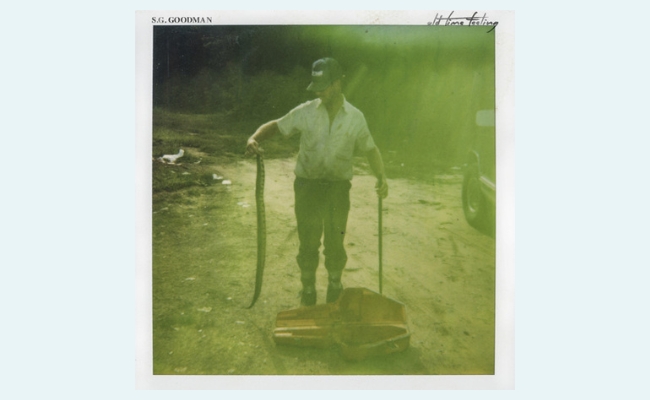
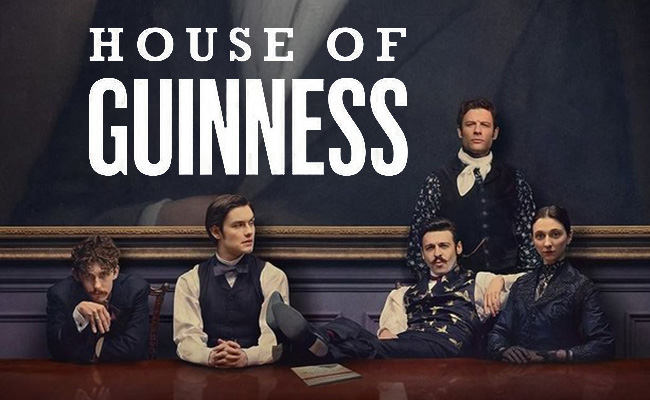



Excellent. Value, like beauty and colour are figments of the conscious mind.